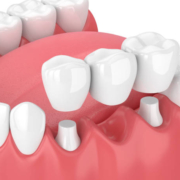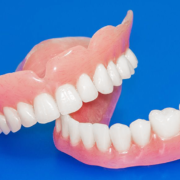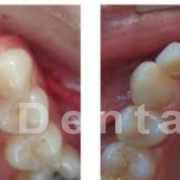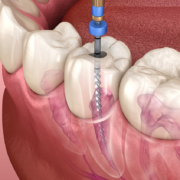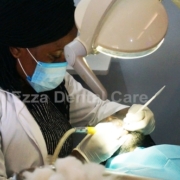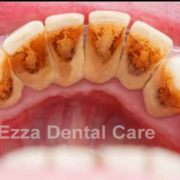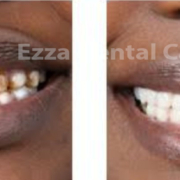In case you have travelled to Jinja, you must be familiar with the sense of awe and excitement as you approach the bridge which steadily morphs in to fright or perhaps a little unease as you cross it. That is if you are not distracted by the marvelous sights and the exquisite architecture. Bridges connect places that were once separable from each other, offering a means to close a gap. Dental bridges are not any different.
What is a dental bridge?
A dental bridge is a prosthodontic structure used to fill a gap created by one or more missing teeth. A false tooth or teeth, also known as pontics are placed in the gap to restore both aesthetics and function. Teeth can go missing for one reason or another. You may lose your teeth due to an accident or to disease or to trauma. Whatever the reason may be, the implications of losing the teeth remain standing regardless the etiology.
There are many options for replacement of teeth and cognizant of that, we are going to focus on dental bridges in this blog.
Advantages of a dental bridge
The advantages of a dental bridge are;
- Once the gap is filled, the remaining teeth do not change position which if they did, the consequences would be dire.
- Chewing function is restored and becomes unproblematic.
- Speech and pronunciation of words is also restored.
- In comparison to implants, dental bridges are cheaper.
- In comparison to dentures, they are more permanent and less inconveniencing.
- In comparison to implants, they are also less invasive especially in cases where multiple teeth need to be replaced.
Types of dental bridges
There are three main types of dental bridges.
1. Traditional fixed bridges
These are the most commonly implicated bridges. The filler tooth is supported by adjacent crowns placed over healthy teeth on either side of the gap. The adjacent crowns support the pontic and prevent it from falling out or easily breaking. These are placed in gaps with healthy strong teeth on either side. The healthy teeth need reshaping before they are fitted with crowns.
3. Cantilever bridges
These are implicated when there are no viable teeth on one side of the gap which needs to be worked on. The pontic placed can be fixed and one tooth supports the bridge and crown. It cannot be used in case there are no teeth on both sides of the target gap. It is also not desirable in case it is at the front for aesthetic reasons or if the abutment tooth is supporting another prosthetic restoration.
3. Maryland bonded bridges
These are majorly implicated when the front teeth are what need to be restored. They are resin bonded bridges and are commonly porcelain fused to metal brides. The pontic in their case is fixed posteriorly to healthy abutment teeth with metal or porcelain wings (clasps). Abutment teeth are the teeth found immediately on either side of a tooth. They are more conservative since the adjacent teeth do not need to be shaped.
How much does a dental bridge cost
The cost of a dental bridge is linked to the material used to make the bridge. Bridges can be made of purely metal and metal alloys, they can be made of porcelain and they can be made of porcelain fused to metal. The metals used to make dental bridges are alloys containing gold or platinum. The more gold it contains, the stronger and the more expensive. The porcelain fused to metal bridges has an aesthetic advantage. Zirconium is a material which has the strength of a metal and the aesthetic of porcelain. Like any very good thing, it does not come cheap and is the most expensive of the bridges.
Where can I get a dental bridge
You can get a dental bridge at Ezza Dental Care. Book your appointment now or talk to our dentist for a free consultation.

